Home>diy>Building & Construction>How Do Construction Cranes Work
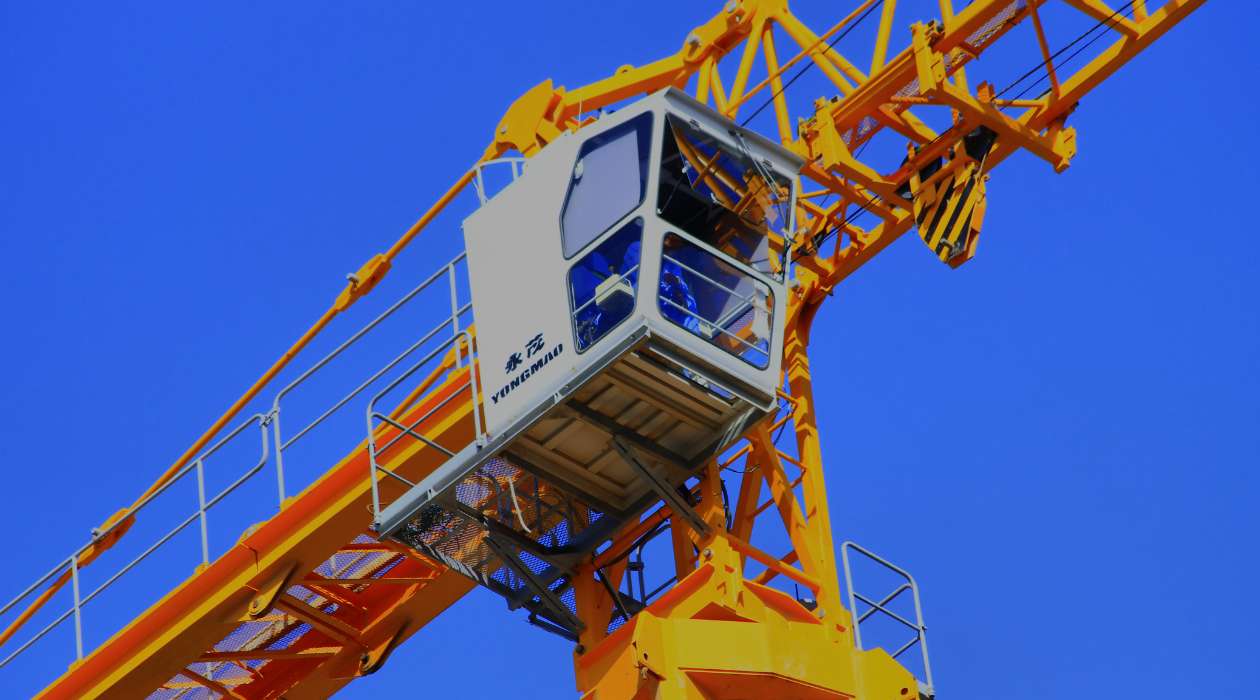

Building & Construction
How Do Construction Cranes Work
Modified: January 6, 2024
Learn how construction cranes work in building construction projects. Explore the various mechanisms and techniques used for efficient lifting and positioning.
(Many of the links in this article redirect to a specific reviewed product. Your purchase of these products through affiliate links helps to generate commission for Storables.com, at no extra cost. Learn more)
Introduction
Construction cranes are an essential part of any building project, playing a crucial role in lifting and moving heavy materials and equipment. These towering structures have become synonymous with construction sites, their steel arms reaching towards the sky, creating a visually striking image that symbolizes progress and development.
But have you ever wondered how these construction cranes work? In this article, we will delve into the fascinating world of construction cranes, exploring their basic design, types, components, working principles, and the safety measures involved in their operation.
Understanding how construction cranes work is not only intriguing from an engineering standpoint but also important for anyone working in or associated with the construction industry. Whether you are a construction professional, an architect, or simply someone with a curious mind, this article will provide you with valuable insights into the inner workings of these magnificent machines.
So, let’s dive in and unravel the mysteries of construction cranes, starting with their basic design.
Key Takeaways:
- Construction cranes are complex machines with a basic design consisting of a mast, boom, counterweight, and operator’s cabin. Understanding their components and working principles is crucial for safe and efficient operation.
- Safety measures such as training, pre-inspection checks, load capacity awareness, and regular maintenance are essential for preventing accidents and creating a secure working environment when operating construction cranes.
Read more: How Do Construction Cranes Go Up
Basic Design of Construction Cranes
Construction cranes are engineered with a specific design to handle heavy loads and maneuver them with precision. The fundamental structure of a construction crane consists of a vertical mast or tower, a horizontal boom, a counterweight, and a cabin for the operator.
The mast, also known as the tower, provides stability and height to the crane. Made of strong steel sections, the mast is erected vertically using anchor bolts that are secured to a concrete foundation. The height of the mast can vary depending on the specific requirements of the construction project.
Attached to the mast is the horizontal boom, which extends outward from the mast. The boom is made up of multiple sections that can be telescoped or folded, allowing for increased flexibility and reach. Depending on the size and type of the crane, the boom can be extended or retracted to varying lengths.
To ensure stability and balance, construction cranes are equipped with a counterweight. The counterweight is a heavy iron or concrete block that is mounted at the rear of the crane. Its purpose is to counteract the weight of the load being lifted and prevent the crane from tipping over.
Located at the top of the mast or on the side of the boom is the operator’s cabin. This enclosed space provides the operator with a clear view of the construction site and controls to maneuver the crane. The cabin is equipped with levers, pedals, and buttons that allow the operator to control the movement of the boom, rotate the crane, and lift and lower loads.
In addition to the basic design elements mentioned above, modern construction cranes often incorporate advanced technologies such as hydraulic systems, computerized controls, and safety features to enhance efficiency and safety during operation. These innovations have revolutionized the construction industry, making cranes more reliable, precise, and easier to operate.
Now that we have covered the basic design of construction cranes, let’s explore the different types of cranes you may come across on a construction site.
Types of Construction Cranes
Construction cranes come in a variety of types, each designed for specific tasks and working conditions. The choice of crane depends on factors such as the size and weight of the loads to be lifted, the height and reach required, and the terrain of the construction site. Here are some of the most commonly used types of construction cranes:
- Tower cranes: Tower cranes are commonly seen on large construction projects with tall buildings. They are recognized by their impressive height and stable base, which is anchored to the ground. Tower cranes have a high lifting capacity and can reach great heights, making them ideal for handling heavy materials and equipment on high-rise projects.
- Mobile cranes: Mobile cranes are versatile and can be easily transported to and set up on different job sites. They are mounted on a wheeled vehicle or truck, allowing for quick mobility. Mobile cranes come in various types, such as rough-terrain cranes, all-terrain cranes, and truck-mounted cranes, offering flexibility in handling different loads and terrains.
- Crawler cranes: Crawler cranes are equipped with caterpillar tracks, providing stability and maneuverability over rough and soft surfaces. These cranes excel in heavy lifting tasks and are commonly used in bridge construction, offshore projects, and large-scale infrastructure work.
- Telescopic cranes: Telescopic cranes, also known as boom cranes or hydraulic cranes, feature a boom that can be extended or retracted using hydraulic cylinders. This flexibility allows them to reach varying heights and handle loads at different distances. Telescopic cranes are commonly used for short-term projects and in locations where space is limited.
- Overhead cranes: Overhead cranes, also called bridge cranes or gantry cranes, are typically used in industrial facilities and manufacturing plants. These cranes are mounted on overhead beams, allowing for the movement of heavy loads horizontally within the facility. Overhead cranes are commonly used for assembly lines, warehouses, and storage yards.
These are just a few examples of the types of construction cranes available. Each type has its own advantages and best-suited applications. The selection of the right crane for a construction project depends on factors such as load requirements, site conditions, and logistical considerations.
Now that we have explored the different types of construction cranes, let’s delve into the various components that make up these powerful machines.
Components of Construction Cranes
Construction cranes are complex machines that rely on several key components to perform their tasks safely and efficiently. Understanding these components is essential for operators and anyone involved in the construction industry. Here are the main components of construction cranes:
- Boom: The boom is the extended arm of the crane that reaches out to lift and move loads. It is typically made of steel sections that can be telescoped or extended to different lengths. The boom is the primary component responsible for the crane’s reach and lifting capacity.
- Jib: The jib is an additional arm attached to the end of the boom. It provides additional reach and flexibility for the crane. Some cranes have a fixed jib, while others have a luffing jib that can be raised or lowered.
- Hook or lifting attachment: The hook or lifting attachment is the mechanism that connects to the load being lifted. It is usually suspended from a block and tackle system, allowing for smooth and controlled lifting and lowering.
- Hoist: The hoist is the mechanism responsible for raising and lowering the load. It typically consists of a motorized winch or drum that winds or unwinds cables or chains, allowing for precise control over the lifting process.
- Counterweight: To counterbalance the weight of the load being lifted, construction cranes are equipped with a counterweight. The counterweight is usually a heavy iron or concrete block that is mounted at the rear of the crane. Its purpose is to prevent the crane from tipping over during lifting operations.
- Base and mast: The base is the foundation on which the crane is supported, providing stability and support. The mast, also known as the tower, is the vertical structure erected on the base, providing height and stability to the crane. The mast can be extended or disassembled in sections to adjust its height based on the construction project’s requirements.
- Operator’s cabin: The operator’s cabin is the control center of the crane. It is where the operator sits and operates the crane using controls, levers, and switches. The cabin is designed to provide a clear view of the construction site and ensure the operator’s safety, comfort, and control over the crane’s movements.
- Stabilizers or outriggers: To enhance the crane’s stability during lifting operations, outriggers or stabilizers are used. These are extendable legs or supports that are deployed from the base of the crane to provide additional stability and prevent tipping.
These components work together harmoniously to ensure safe and efficient lifting and moving of loads. The design, quality, and condition of these components are crucial for the overall performance and safety of the crane.
Now that we have explored the components of construction cranes, let’s uncover the working principles behind these powerful machines.
When operating a construction crane, always ensure that the load is within the crane’s capacity and that the ground is stable to prevent tipping or accidents.
Working Principles of Construction Cranes
Construction cranes operate based on a set of fundamental principles that enable them to lift and move heavy loads with precision and control. Understanding these working principles is essential for safe and efficient crane operation. Here are the key working principles of construction cranes:
- Hydraulics: Many modern construction cranes utilize hydraulic systems to power their lifting and movement mechanisms. Hydraulic cylinders and pumps work together to create force and control the movements of the crane. By applying hydraulic pressure, the operator can control the extension and retraction of the boom, the raising and lowering of the load, and the rotation of the crane.
- Counterweight and balance: Construction cranes are designed with precise counterweights to maintain balance and stability during lifting operations. The counterweight is carefully calculated to counterbalance the weight of the load being lifted, preventing the crane from tipping over. Proper balance is crucial to ensure safe and controlled movement of the crane.
- Telescoping boom: Many construction cranes are equipped with telescoping booms, which allow for variable boom lengths and increased reach. The telescoping mechanism consists of multiple boom sections that can be extended or retracted, providing versatility and adaptability for different lifting tasks. Hydraulic cylinders or cable systems are used to extend or retract the boom sections.
- Rotation system: Construction cranes can rotate on their base or mast, allowing for 360-degree movement. The rotation system consists of a slewing ring and gears that enable smooth and controlled rotation. The operator can rotate the crane using controls in the cabin, providing flexibility and access to different areas of the construction site.
- Hoisting and lifting mechanism: The hoisting and lifting mechanism is responsible for raising and lowering the load securely. A motorized winch, often powered by an electric or hydraulic system, winds or unwinds cables or chains connected to the hook or lifting attachment. The operator can control the speed and direction of the hoist, ensuring precise and safe lifting operations.
- Operator control: Construction cranes are operated by skilled operators who control the crane’s movements using a variety of control systems. These control systems can include levers, pedals, buttons, and joysticks within the operator’s cabin. Operators must have a thorough understanding of the crane’s controls and working principles to ensure safe and efficient operation.
By applying these working principles, construction cranes can lift heavy loads, reach great heights, and maneuver with accuracy. However, it is essential to adhere to safety protocols and guidelines to prevent accidents and ensure the well-being of all personnel on the construction site.
Speaking of safety, let’s now explore the important safety measures that must be followed when operating construction cranes.
Read more: What Is A Crane In Construction
Safety Measures in Operating Construction Cranes
Operating construction cranes requires strict adherence to safety measures to prevent accidents and ensure the well-being of everyone involved. Crane operators and personnel on construction sites must follow these safety guidelines to create a safe and secure working environment. Here are some essential safety measures when operating construction cranes:
- Training and certification: Proper training and certification are crucial for crane operators. They should undergo comprehensive training programs to gain knowledge and practical skills in crane operation and safety procedures. Operators should possess valid certifications and licenses to operate specific types of cranes.
- Pre-inspection checks: Before operating a crane, it is important to conduct pre-inspection checks to ensure that all components are in proper working condition. This includes inspecting cables, hooks, chains, and safety devices. Any malfunction or damage should be reported and repaired before proceeding with lifting operations.
- Load capacity and rigging: Crane operators must be aware of the load capacity of the crane and ensure that loads do not exceed it. Proper rigging techniques and equipment should be used to secure the load and prevent it from slipping or falling during lifting. Operators should also be knowledgeable about load charts and follow them accurately.
- Clear communication: Effective communication is essential when operating cranes. There should be clear communication channels between the crane operator and the signal person who guides the crane movements. Hand signals, two-way radios, or other communication devices should be used to convey instructions accurately.
- Proper ground conditions: Construction cranes should only be operated on stable and level ground. The ground should be able to support the crane’s weight and the imposed loads. In cases where the ground is soft or unstable, additional support, such as cribbing or matting, should be used to ensure stability.
- Weather awareness: Crane operation should be halted in adverse weather conditions such as strong winds, lightning storms, or heavy rain. These conditions can compromise the stability and safety of the crane. Operators should closely monitor weather forecasts and take necessary precautions when unfavorable weather is expected.
- Fall protection and personal protective equipment (PPE): Personnel working near or on the crane should wear appropriate personal protective equipment, such as hard hats, high-visibility clothing, and safety harnesses where applicable. Fall protection measures, such as guardrails or safety nets, should also be in place to prevent falls from heights.
- Regular maintenance and inspection: Construction cranes should undergo regular maintenance and inspection to ensure their continued safe operation. This includes checking and lubricating moving parts, inspecting electrical systems, and monitoring the condition of cables and hydraulic systems. Any necessary repairs or maintenance should be carried out promptly.
By following these safety measures, construction sites can minimize the risk of accidents and create a safe working environment for all workers. It is crucial for operators, supervisors, and personnel to remain vigilant and be proactive in identifying potential hazards and implementing necessary precautions.
Now that we have explored safety measures, let’s conclude our exploration of construction cranes.
Conclusion
Construction cranes are an integral part of building projects, enabling the lifting and movement of heavy materials and equipment with precision and efficiency. Understanding the basic design, types, components, working principles, and safety measures of construction cranes is crucial for anyone involved in the construction industry.
We explored the basic design of construction cranes, which consists of a vertical mast, a horizontal boom, a counterweight, and an operator’s cabin. These components work together to provide stability, reach, and control during lifting operations.
Furthermore, we discussed the different types of construction cranes, including tower cranes, mobile cranes, crawler cranes, telescopic cranes, and overhead cranes. Each type has its own advantages and is suited for specific tasks and working conditions.
Additionally, we covered the various components that make up construction cranes, such as the boom, jib, hook or lifting attachment, hoist, counterweight, base and mast, and operator’s cabin. These components work harmoniously to facilitate safe lifting and movement of loads.
We explored the working principles of construction cranes, including hydraulics, counterbalance, telescoping booms, rotation systems, hoisting mechanisms, and operator control. Understanding these principles is essential for operators to maneuver cranes safely and efficiently.
Lastly, we emphasized the importance of safety measures when operating construction cranes. Training and certification, pre-inspection checks, load capacity awareness, clear communication, proper ground conditions, weather awareness, fall protection, and regular maintenance and inspection are some critical safety measures that should be followed.
In conclusion, construction cranes are remarkable machines that have revolutionized the construction industry. Their power, precision, and versatility have made them indispensable in building projects worldwide. By understanding their design, types, components, working principles, and safety measures, we can ensure their safe and efficient operation, contributing to the success and progress of construction projects.
Frequently Asked Questions about How Do Construction Cranes Work
Was this page helpful?
At Storables.com, we guarantee accurate and reliable information. Our content, validated by Expert Board Contributors, is crafted following stringent Editorial Policies. We're committed to providing you with well-researched, expert-backed insights for all your informational needs.



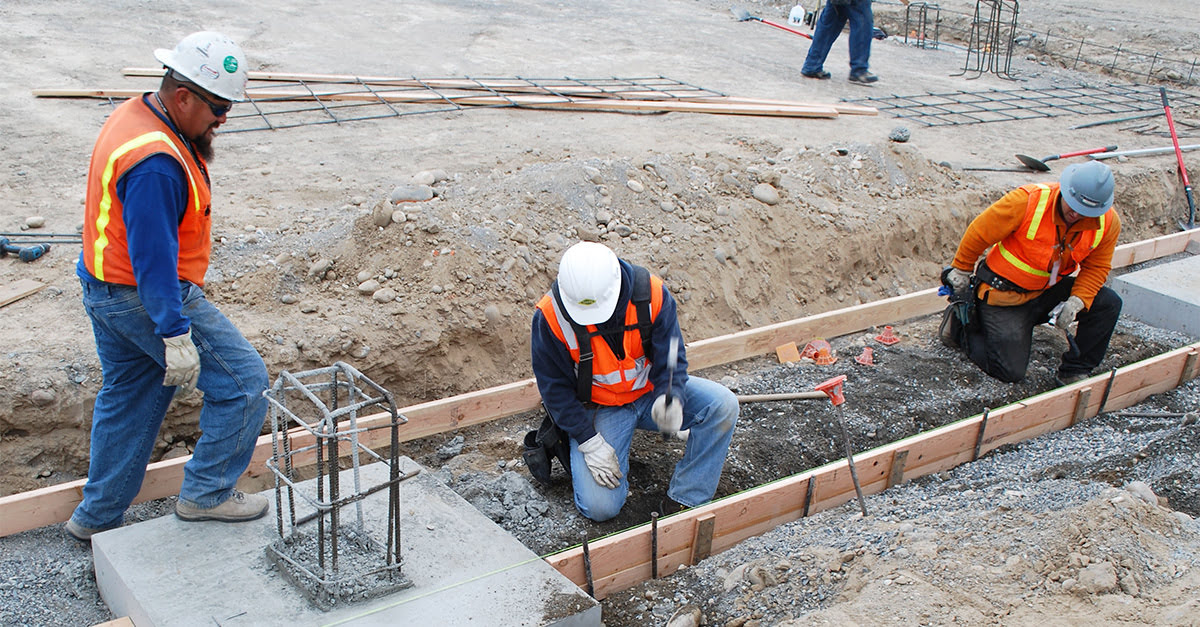
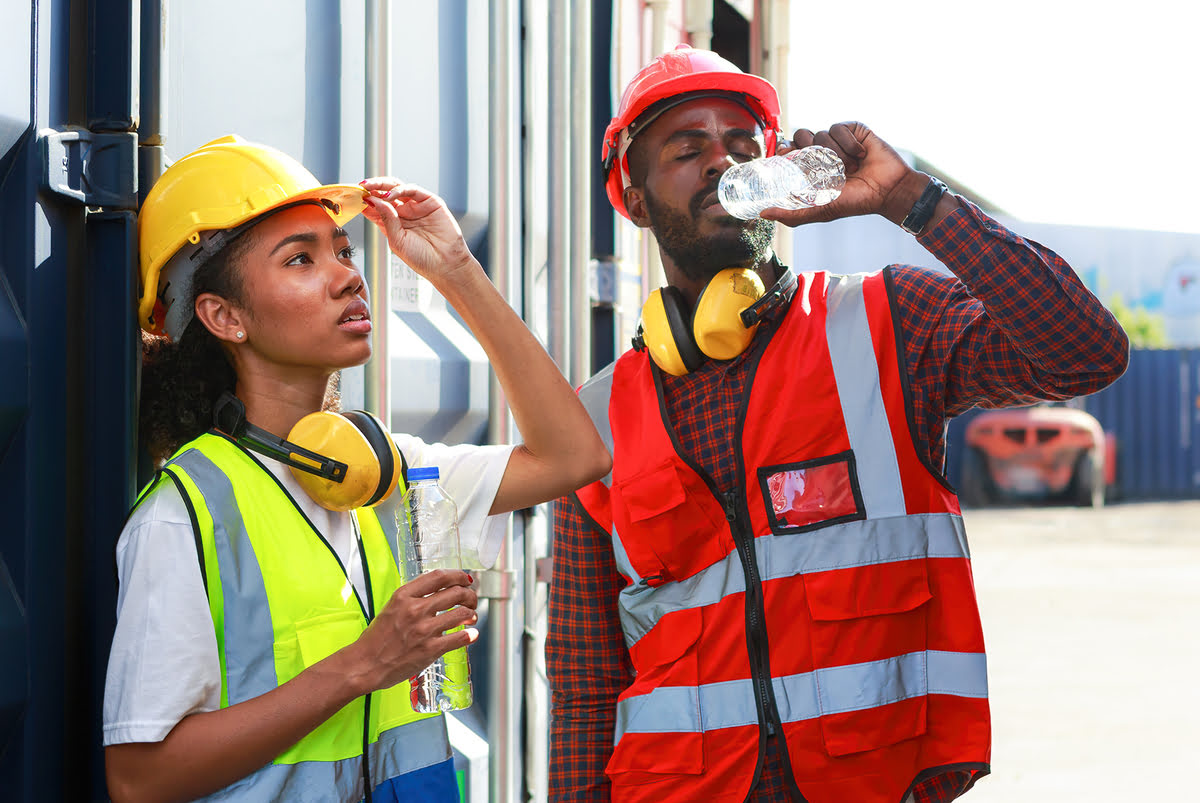
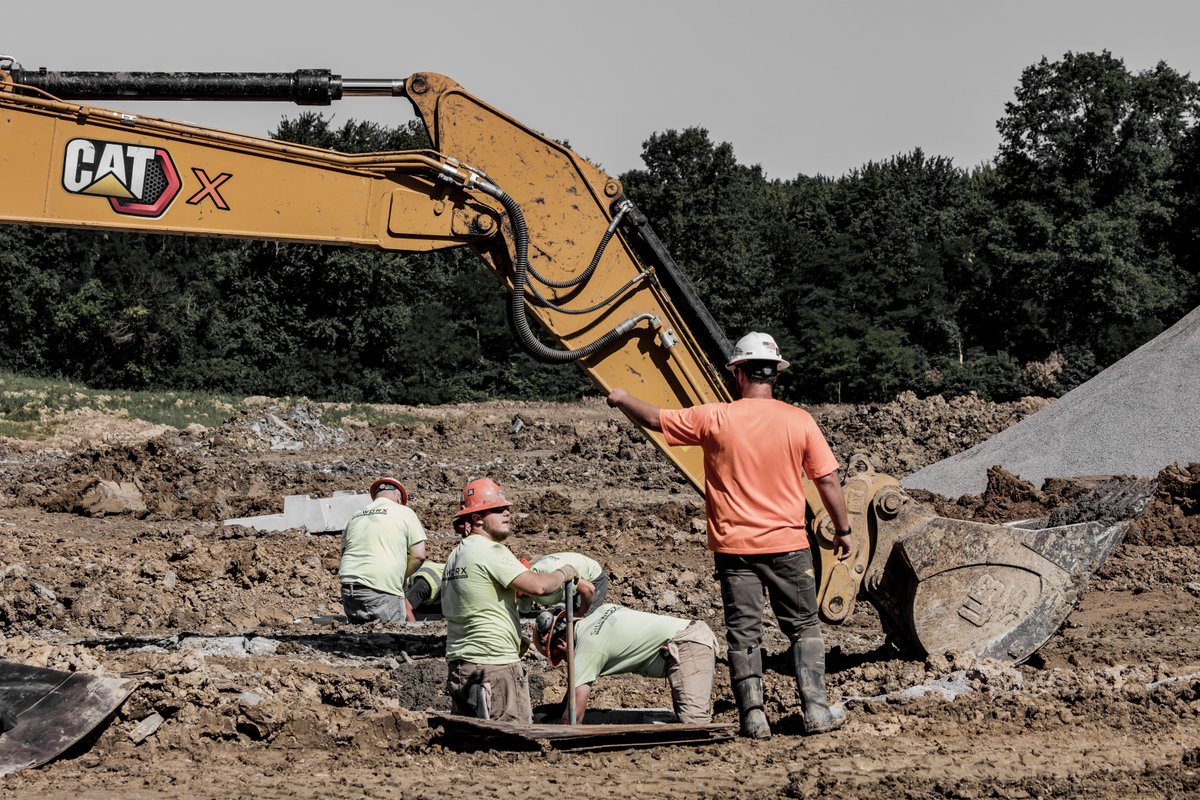
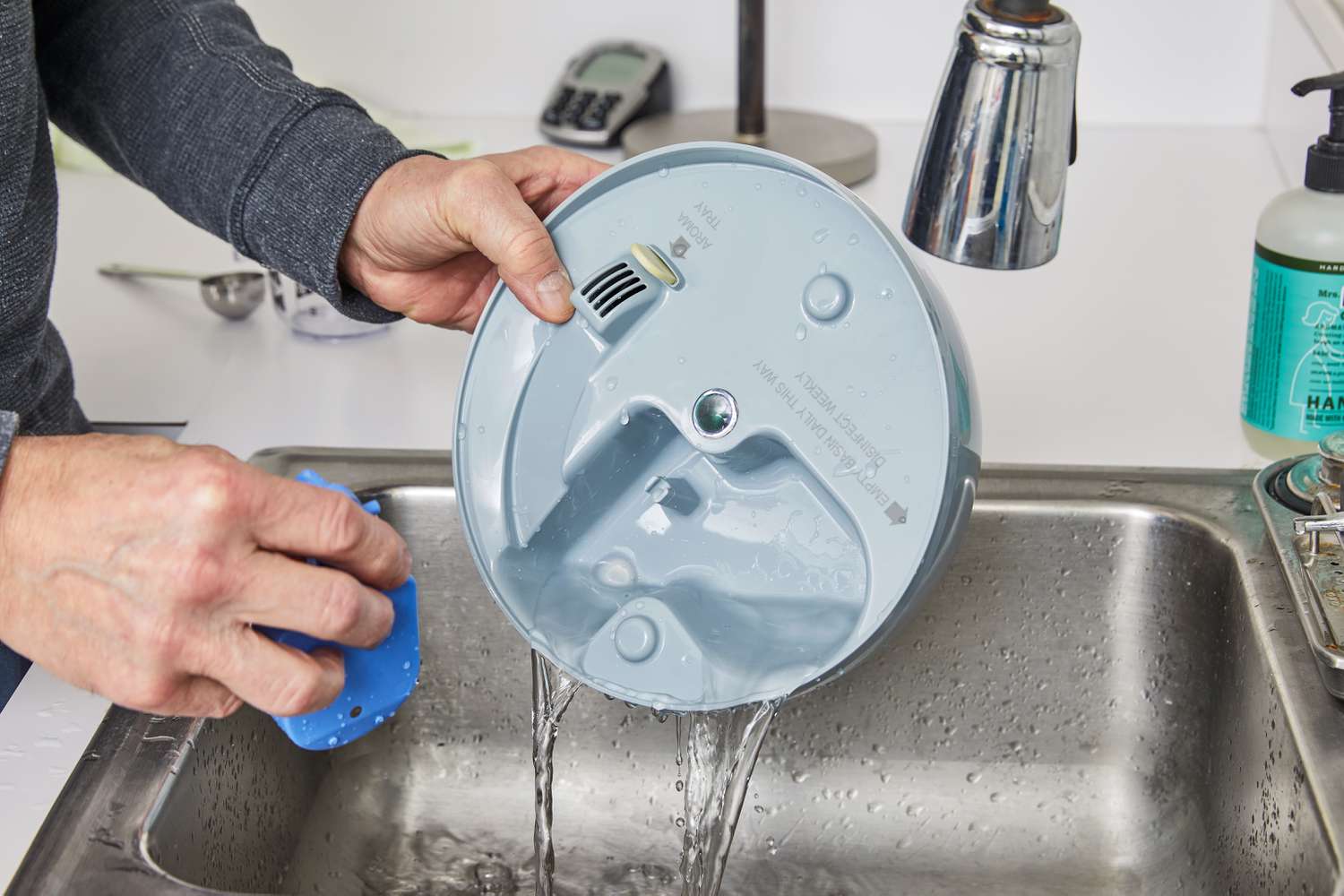
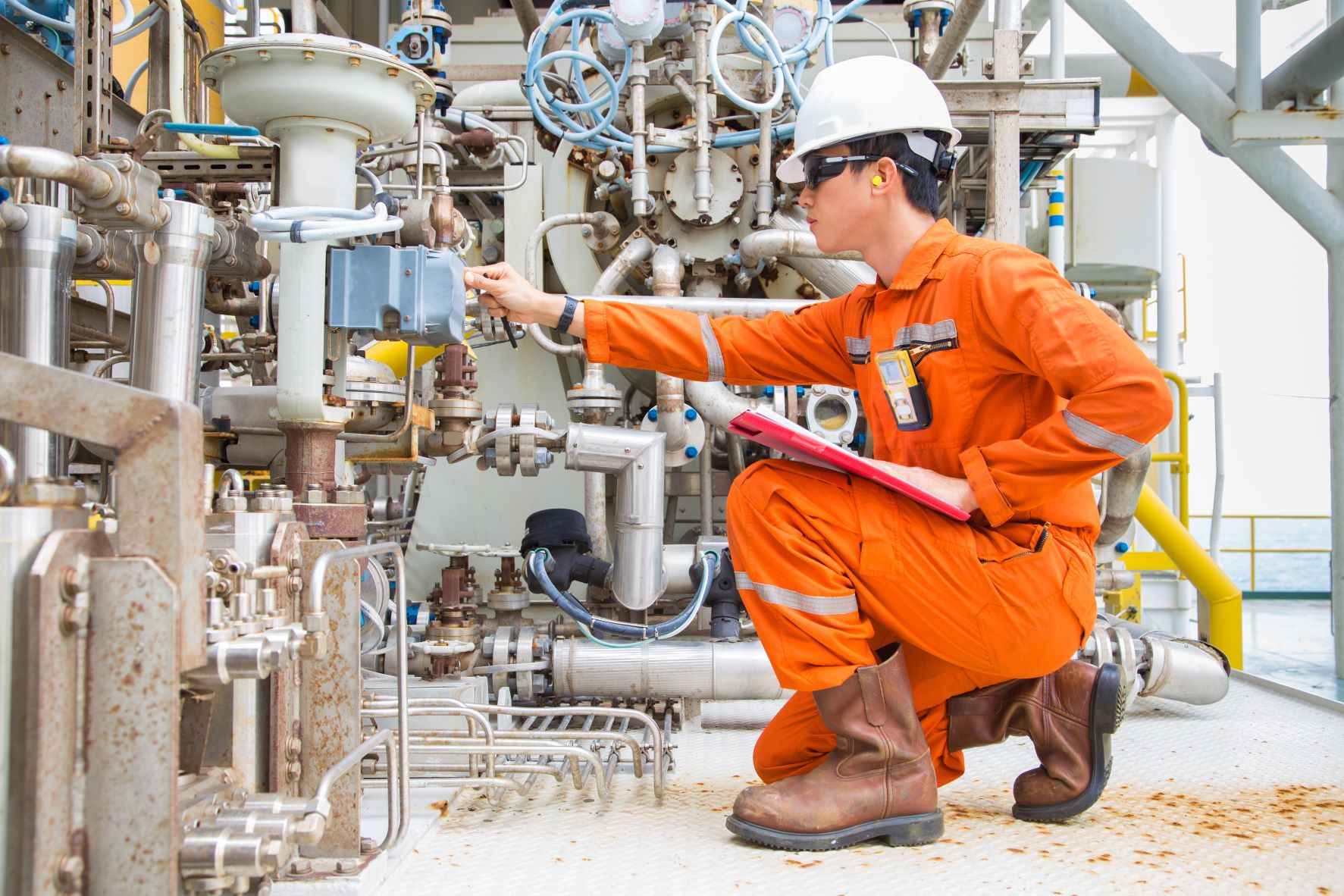
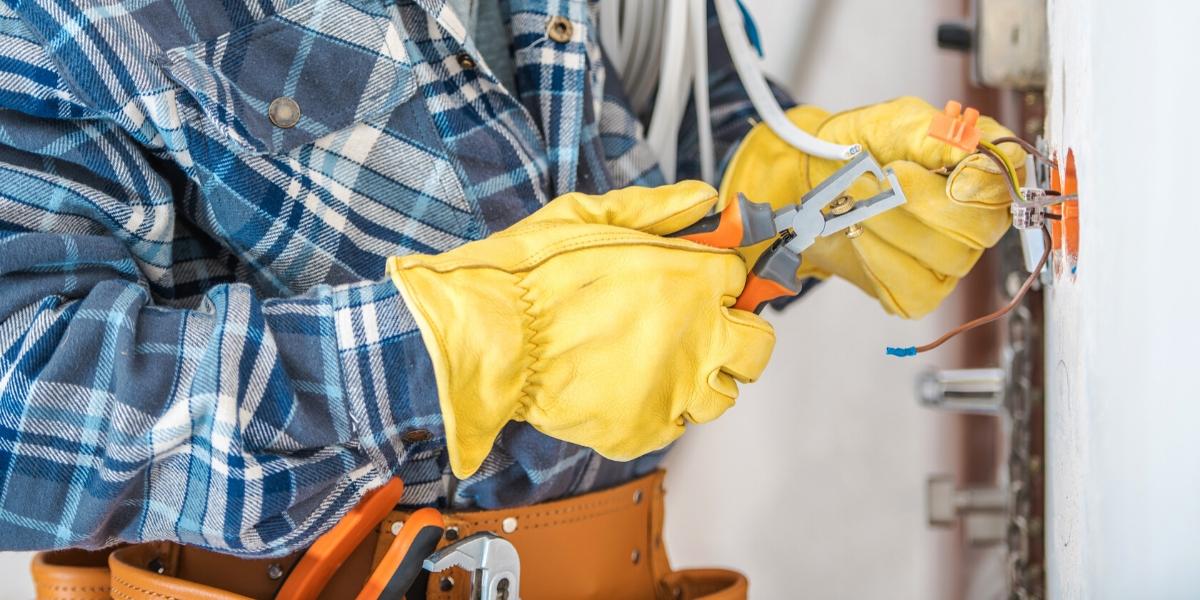
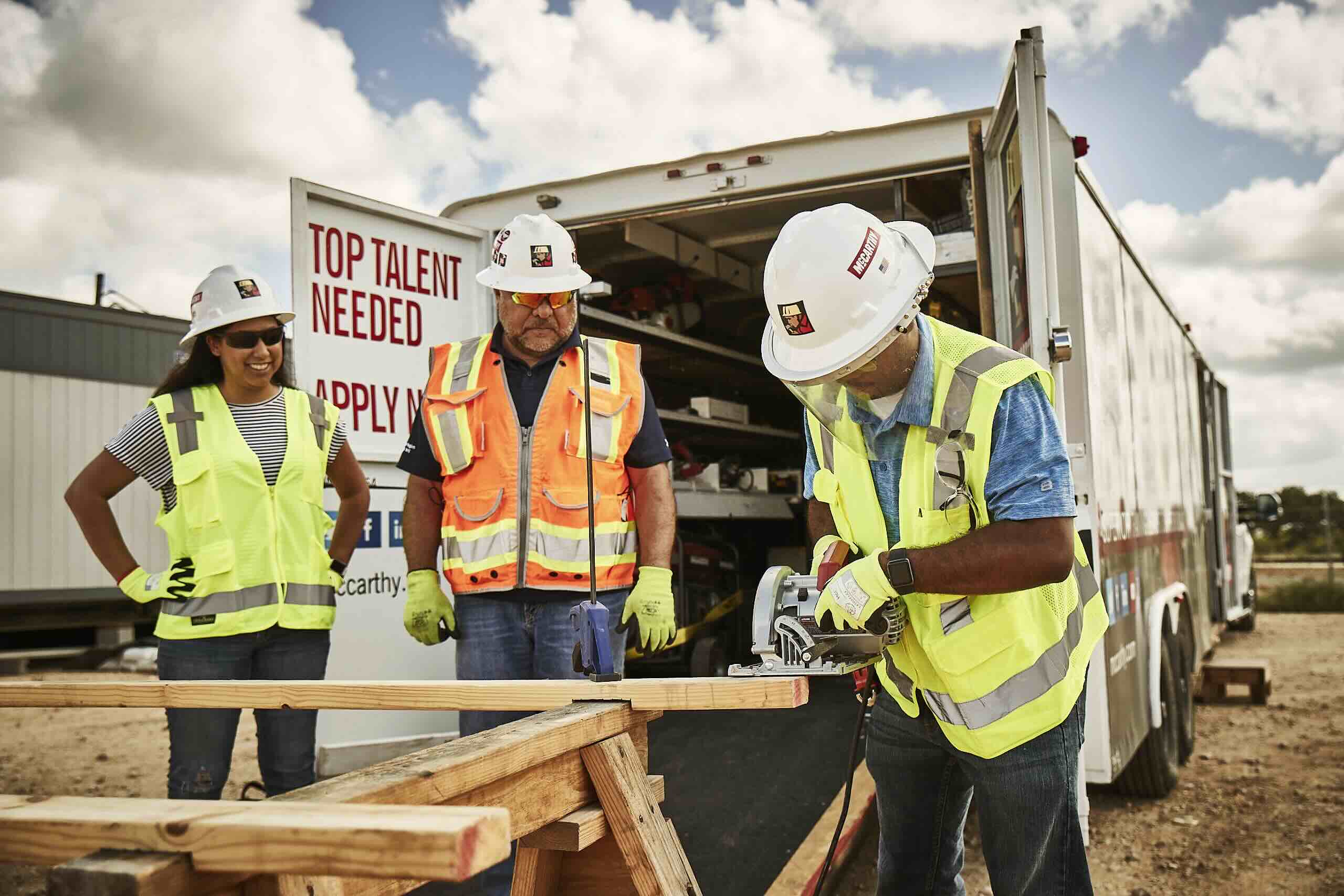

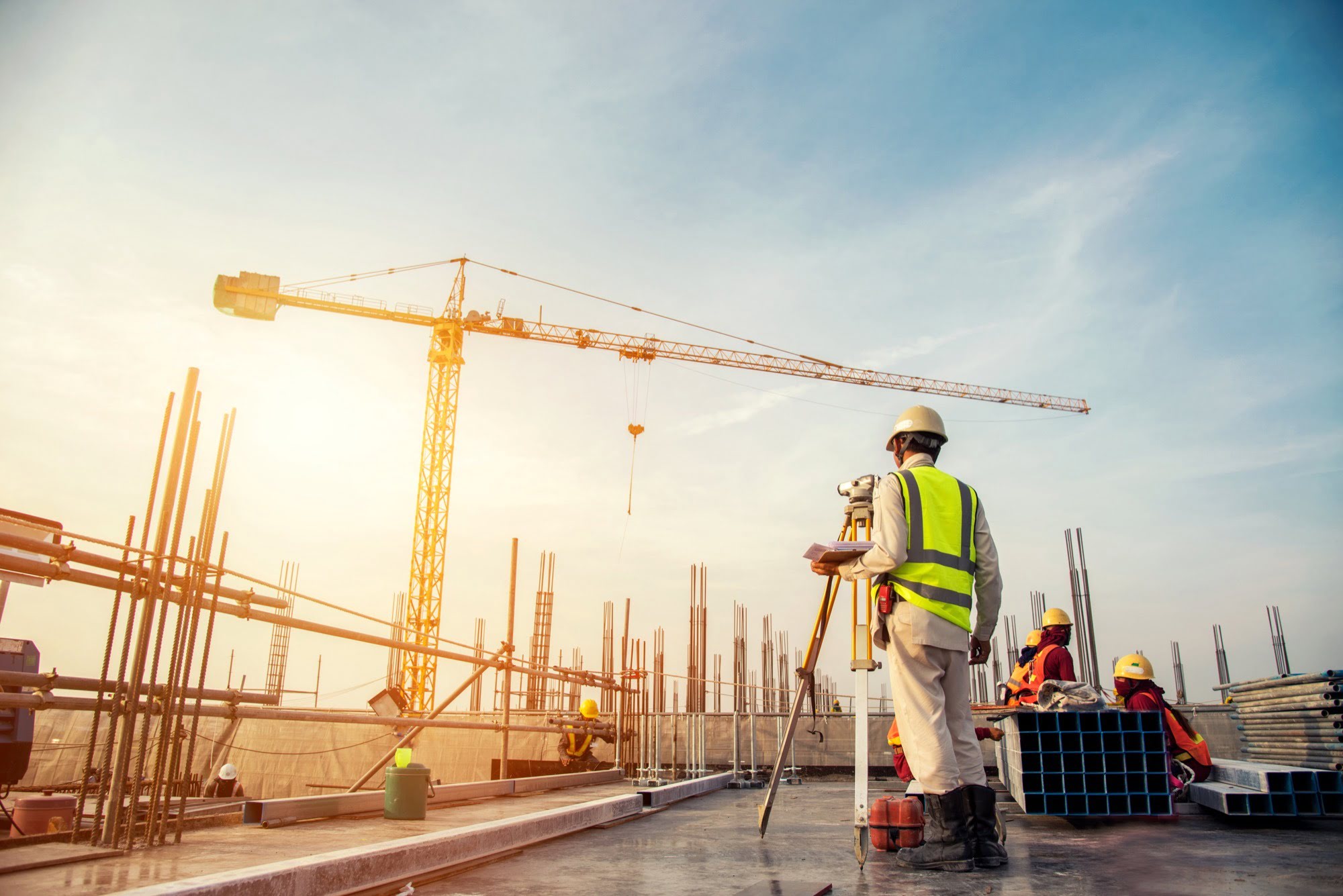



0 thoughts on “How Do Construction Cranes Work”